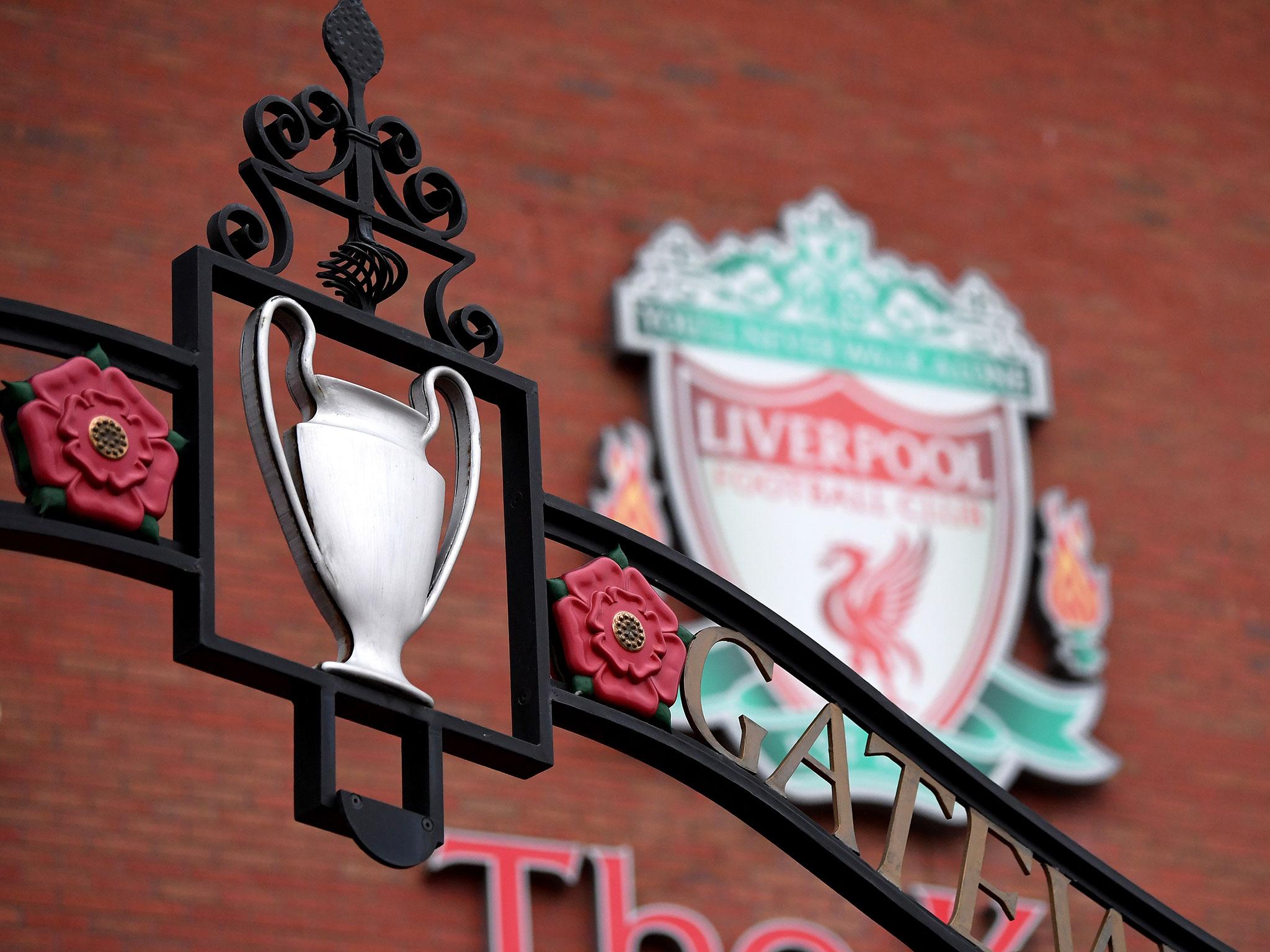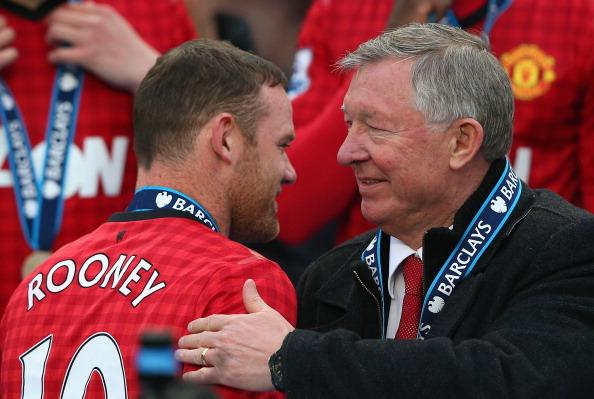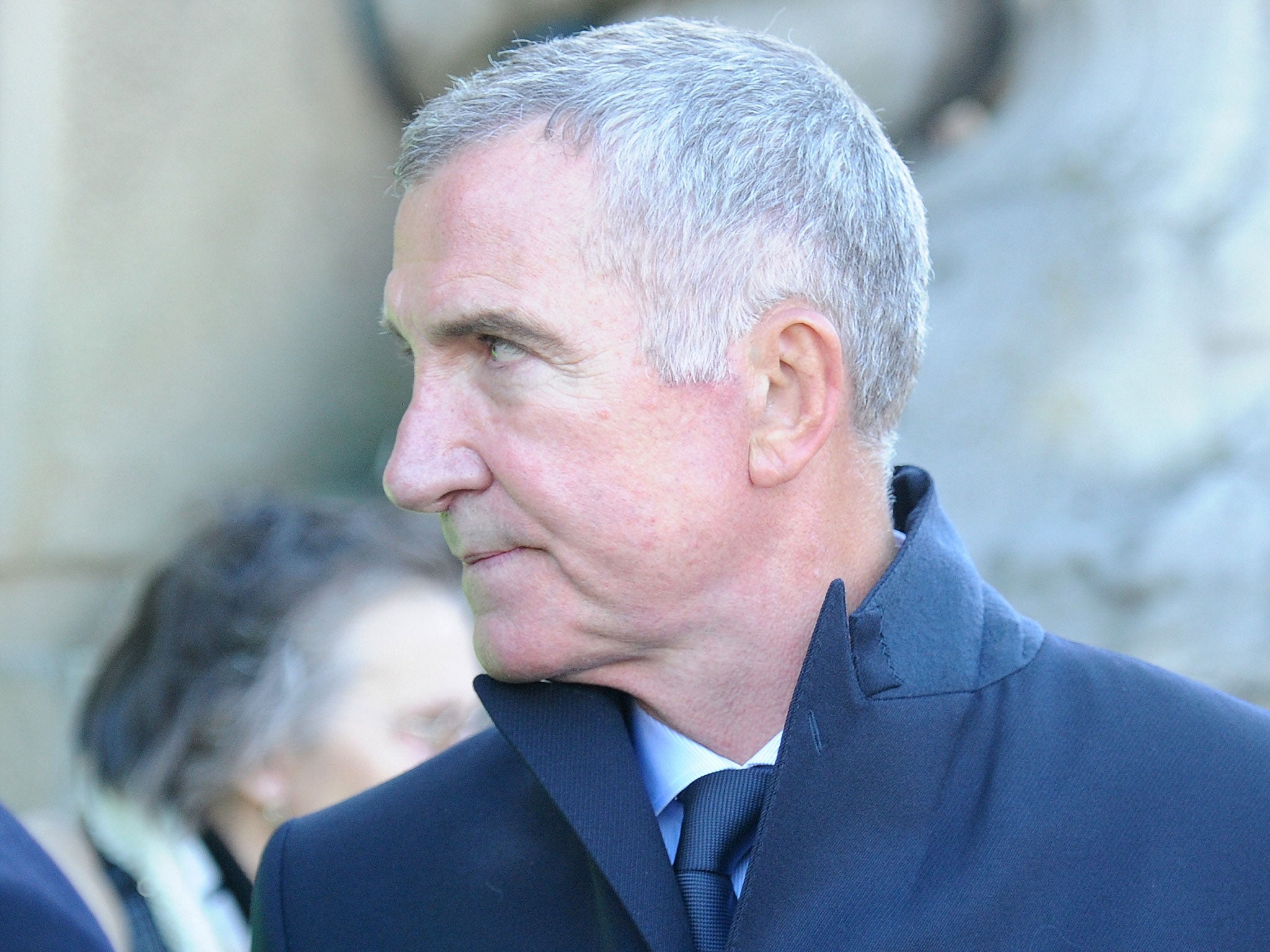How Liverpool managed to knock themselves off their perch to make way for Manchester United’s domination
United enjoyed an era of domination under Sir Alex Ferguson yet rather than surpass what Liverpool had achieved, they merely replaced England’s dominant force
It was the grand design of Manchester United against the complacency of Liverpool, only it wasn’t quite so simple. Few insiders at Anfield in the position to influence off-field direction reflect on it being that way – and they would, but one of those at the centre of the environment created willing to agree with the wider impression of what certainly became the outcome was John Scales, the defender nicknamed James Bond because of his charm, his suave looks and his supposed tendency to vanish from nights out.
“Old Trafford was set up for the 21st century and was forward thinking,” he remembered. “Liverpool looked to the past for all the answers but did not apply those principles to what was happening in the present. Liverpool was caught in a time-warp. Melwood was underdeveloped. The official merchandising at Anfield was sold from a little shop in the corner of the car park. Whenever the team bus rolled into Old Trafford, there was a megastore and thousands of fans queuing up to buy shirts.”
Sir Alex Ferguson had outlined his greatest achievement as “knocking Liverpool right off their f*****g perch,” and though there is no doubt that his management propelled United towards decades of dominance, his first title – the first for United in 26 years – came three seasons after Liverpool’s last and at the end of the intervening campaigns, Arsenal and Leeds were crowned champions. Indeed, United’s challenge in 1993 came from Aston Villa and Norwich City rather than Liverpool, who finished sixth. Twelve months later, Liverpool came eighth – 32 points behind United, who were pushed nearly all of the way instead by Blackburn Rovers.
“Rather than knock Liverpool off their perch, United vacated the space Liverpool left behind,” Jamie Carragher once said. If there had been a moment which defined United as the central force in English football rather than Liverpool, it arrived in 1997 when United went to Anfield and won, steering another championship in the direction of Old Trafford rather than Merseyside.
Economically and commercially, at least, it had seemed that United had sprinted beyond Liverpool by that point anyway. This was still an era where gate money and local shirt sales had a greater impact on the running of a club than money accrued from television deals.
In the space of five years, United’s average attendance had risen from just below Liverpool’s to nearly 16,000 more even though Liverpool’s had increased by 5,000 as well. This meant that Old Trafford was welcoming 250,000 more spectators a season than Anfield, enhancing United’s return in the most significant of income fields by a quarter.
Rick Parry, who joined Liverpool’s board in 1997 before becoming the chief executive, believed that the reason why United were able to overtake Liverpool was largely because of geography. There had been an ambition to expand Anfield but this was impossible because it was hemmed in on three sides by narrow roads and terraced housing. It was different in Salford and the Trafford Park Estates.
“They were investing in space, enabling them to make the stadium bigger and build facilities like the megastore,” Parry said. “United were better placed because they were surrounded by wasteland rather than family homes. But at least they did have the foresight to appreciate the opportunity.”
“Martin Edwards [the United chairman] deserves a lot of credit for transforming the club but you do have to bear in mind he was on the verge of selling to Michael Knighton in 1989, a deal that fell through at the eleventh hour,” Parry added. “It wasn’t as if United had a strategic plan from there. They said, ‘Let’s see which way this goes; let’s form a public company and float it.’”
There had been fortune in the collapse of an agreement with Knighton, who later became owner of Carlisle United and claimed of UFO sightings. Two reporters from the Manchester Evening News had been in a hotel lift when they overheard bankers discussing their concerns about whether Knighton had the financial backing to take United from Edwards and within a couple of hours, the story was on the front page of the paper.

In an attempt to find investment, Knighton had already held a meeting in Edinburgh with Rangers owner David Murray and the plan had been to replace Ferguson with Graeme Souness as manager, someone who was interested in making the controversial move despite being a European Cup winning captain at Liverpool five years earlier.
Instead, Souness would replace Kenny Dalglish, taking Liverpool inside two years from a position of second in the league behind Arsenal (but fifteen points ahead of United who were in fifth) to fifteenth, and just three points above the relegation zone after a United victory at Anfield which put them top and on the verge of glory.
“I know Martin was very much concerned about the amount of money it would take to make Manchester United successful again,” said Maurice Watkins, a solicitor and key director on United’s board. “He wasn’t an incredibly wealthy man. The ground needed developing and so did the team. He was looking for someone who might be able to take that burden off him. There was no Premier League and no sizeable television contracts and so, if you wanted to advance your football club, cash injections had to come from the major shareholder, i.e. Martin.
“I wasn’t at the meeting where he and Michael [Knighton] sat down and discussed figures but Michael persuaded him to sell his stake for £10million or so, which I thought was a bit of a steal. When Michael pulled away from the table, Martin decided to float the club on the Stock Exchange and this enabled Martin to raise funds not only to clear significant debt but also rebuild the Stretford End. Of course, once you become a plc and your shares are listed you are always open at some stage to a takeover because if a buyer bought a certain number of shares he could force the sale of any remaining ones. And that’s what happened in the end.”

There are other untold stories which could have sent United on a different path, like the one that centres around the involvement of Roland Smith as United’s chairman who in 1998 would controversially recommend a takeover bid by BskyB only to see the move stopped by the Monopolies and Mergers commission.
Smith had earlier privatised British Aerospace around the time it was seeking huge trade deals in Saudi Arabia for the manufacturing of aircraft. In 1987 BAe bought the Dutch company Ballast Nedam, which specialised in the building of football grounds and the company would be integral to the development of the King Fahd stadium
It was recognised by Smith that trade partnerships could be forged through football and this resulted in the England team playing a friendly in Riyadh in 1988. Supposedly amongst the other discussed plans, one of which had been to offer coaching to the Middle East in conjunction with the FA, had been another legitimate sweetener in the shape of the sale to the Saudis of United, Smith’s beloved club – though this option, it is believed, was never presented to United’s board.
There had long been an appreciation at Old Trafford of what needed to happen to take United forward but not a clear understanding of exactly how to do it, certainly in a creative way. In 1992, they appointed Edward Freedman, who had led a merchandising revolution at Tottenham Hotspur, a club with a much bigger turnover than United in 1991, and his arrival coincided with the increased revenues from Sky Television and their deal to cover Premier League football.

While that money went straight into the redevelopment of Old Trafford, Anfield – at a time when Liverpool had a greater reason than most clubs to comply with the Taylor Report – became an all-seater stadium but at a reduced capacity, just as the team’s performances dropped to its lowest levels since the 1950s.
Even though average attendances remained consistent through this turbulent period, there still would not have been the opportunity to capitalise on any resurgence of popularity had it happened, say, in 1997 when there was a chance to stem United’s momentum under Roy Evans.
A ground move to a much bigger space was the only way that was going to happen but this would have needed money that Liverpool did not have. Peter Robinson, the great Liverpool administrator, had long been concerned by the potential at Old Trafford “should that lot get their act together.” In United’s rear-view mirror, Liverpool suddenly became smaller and smaller.
Join our commenting forum
Join thought-provoking conversations, follow other Independent readers and see their replies
Comments